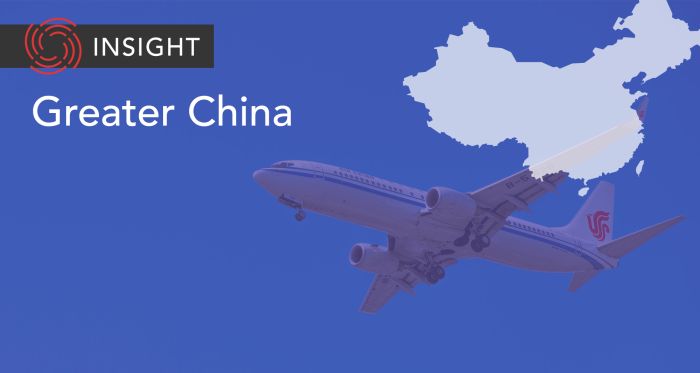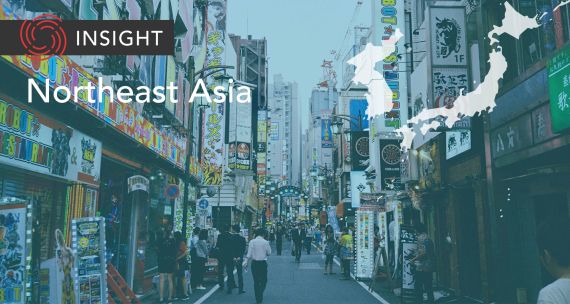The Takeaway
The first major travel period for post-COVID-19 China saw a strong rebound in domestic travel volumes and tourism revenues, with both figures surpassing pre-pandemic levels. Chinese tourists — largely young and cost-conscious — seem, post-pandemic, to favour smaller cities and new experiences. Such trends raise interesting questions around the replicability and sustainability of this recent travel spree.
In Brief
On May 4, China’s Ministry of Culture and Tourism (MCT) released statistics on domestic tourism and travel during the 2023 "May First" Labour Day holiday. Between April 29 and May 3, a total of 274 million domestic trips were made — more than the over 240 million trips officials had anticipated prior to the holiday. The actual figure shows a 70.83 per cent year-on-year increase and represents 119 per cent of the trips made in the same period in 2019. Domestic tourism revenues also exceeded 2019 levels for the first time, reaching a new high of C$28.55 billion (148 billion yuan).
Out of the 23 provinces that have released their regional tourism figures, Zhejiang pocketed the most revenue. The province raked in C$7.13 billion (37 billion yuan) from 31.3 million tourists, in part thanks to the C$3 million (16 million yuan) worth of coupons local governments issued for tourism and cultural activities. The central province of Henan, meanwhile, topped the list when it came to the number of visitors, receiving 55.2 million people during the period. The provinces of Yunnan, Guangdong, and Sichuan — all endowed with some of China’s traditionally most sought-after attractions — also saw substantial numbers of tourists.
China’s decision on April 25 to drop its COVID-19 test requirement for inbound travellers came just in time to make the Labour Day break the first major opportunity for its people to undertake long-distance and international trips. While airfare remains costly compared to pre-pandemic levels, data from Chinese online travel agency Trip.com indicates that bookings for outbound travel surged nearly sevenfold compared to the same period in 2022, with destinations in Southeast Asia the first choice for many Chinese.
Implications
As the first Labour Day holiday since China transitioned out of COVID-19 restrictions, these statistics inject optimism into the country's consumption and services sectors for a long-awaited post-pandemic recovery. During this holiday period, traditionally a peak period for leisure travel, tourists showed significant interest in niche, low-budget destinations, with several lesser-known domestic destinations faring extraordinarily well among Chinese travellers. The northern industrial town of Zibo, for one, rose to fame almost overnight as China’s new 'BBQ skewer headquarters' in March, and saw reservations for in-town hotels during the Labour Day period skyrocket by 800 per cent compared to 2019. First brought to Zibo by the positive reviews of university students who had to quarantine in the city, many young travellers, still recovering from the 'zero COVID'-induced hit to their incomes, found Zibo's value-for-money barbecue suited their budget-travel needs. The sudden popularity of many third- and fourth-tier cities helped thin out traffic from city clusters and spread out the countrywide tourism recovery, although some scenic sites in the smaller cities were jam-packed with tourists.
Another notable trend is that young people and fresh college graduates have emerged as a major group of consumers and travellers. When these so-called ‘post 00s’ (i.e. people who are 23 years old or younger) travelled around the country, they brought with them preferences for ‘hotel-plus-X’ travel packages. These are bundled experiences combining a hotel booking with commercial performances, comic cons, or food deals. Many of these young people tend to follow packed schedules, referred to jokingly as ‘special forces’ vacations,’ to maximize their time during typically brief and frugal stays.
What's Next
- Next major holiday coming in October, still with adjusted workdays
While authorities look to the next major holiday — the National Day ‘golden week’ in October — for another consumption boost, some ‘netizens’ have noted how October’s eight-day break is, as per usual, made artificially longer by marking weekends before or after a major holiday as additional workdays in the name of tiaoxiu (i.e. “adjusted off-days"). It remains to be seen how this much-derided model will impact people’s travel plans.
- Chinese tourists are back (but perhaps a little differently)
As many mainland Chinese travel beyond the border for the first time since 2020, their perspectives on the ‘outside world’ — after three years of isolation — may have changed. Some are now more concerned about how they are treated when travelling and have become more vocal on social media about their experiences, noting alleged intra-racial discriminations when travelling to Hong Kong, for example.
- Putting consumption in a broader economic context
While some sectors cheer on the country’s recovery, China's manufacturing purchasing managers' index, which measures activity levels in factories, unexpectedly contracted by 2.7 percentage points in April as global demand, and China’s property market, remained soft. Challenges lie ahead for Chinese policymakers if they seek to sustain this “reopening momentum.”
• Produced by CAST's Greater China team: Maya Liu (Program Manager); Liam Lau (Analyst); and Dustin Lo (Analyst).




